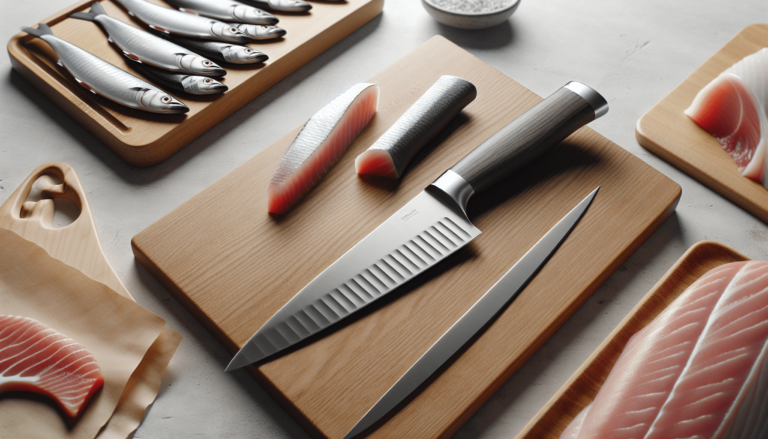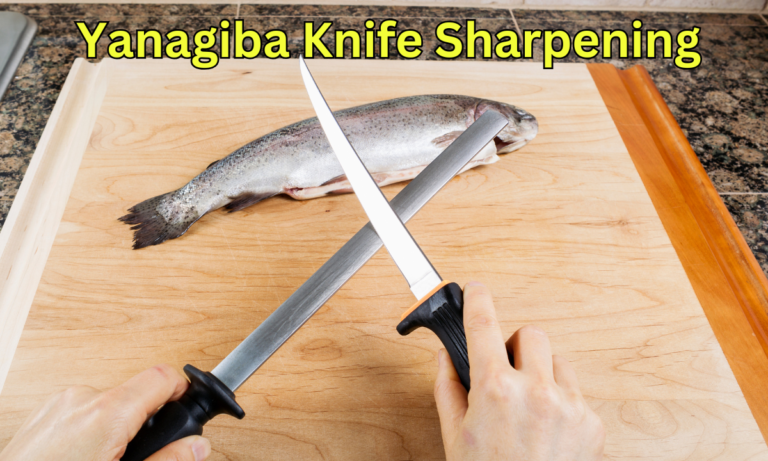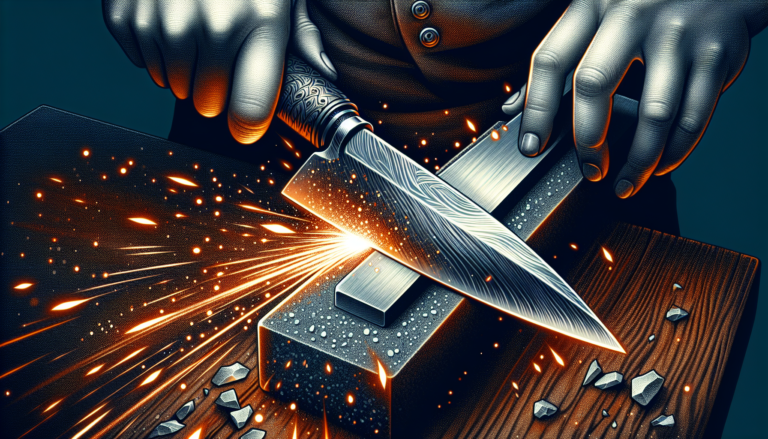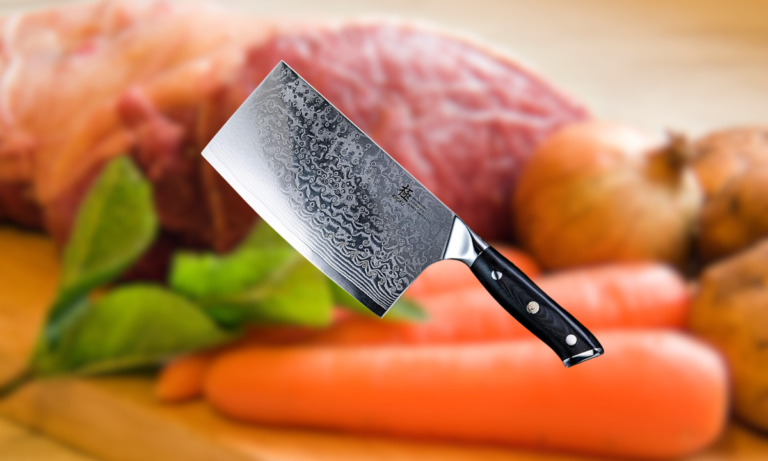What Are The Different Types Of Filleting Knives?
You’re about to embark on a journey, delving into the world of filleting knives. In this article, we’ll explore the various types of these culinary tools that are designed to effortlessly slice through fish like a pro.
From the flexible blades of boning knives to the slender and sharp edges of fillet knives, we’ll unveil the secrets behind each type and help you choose the perfect filleting knife for your kitchen. So, get ready to enhance your fish filleting skills with the right tool in hand!
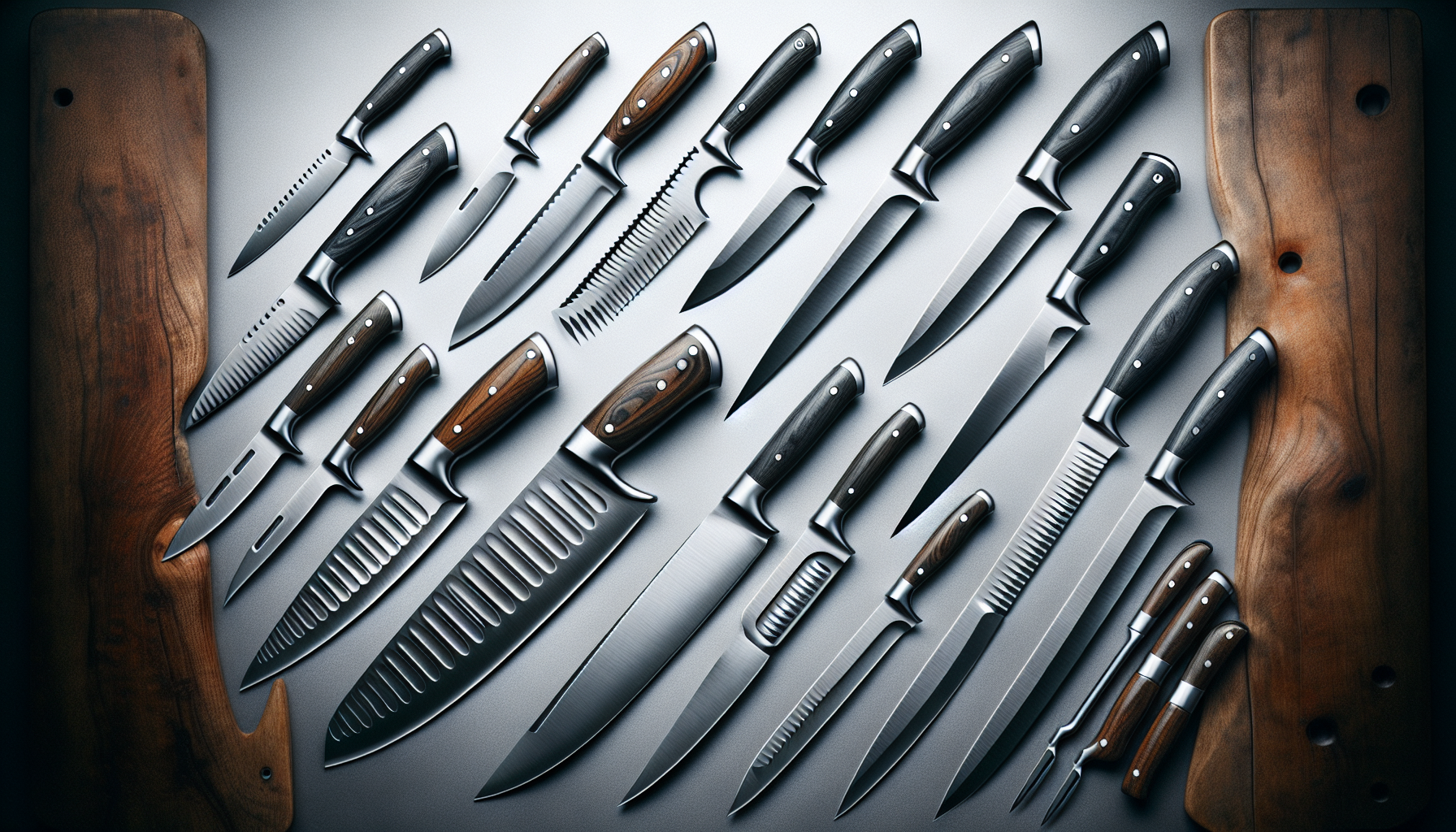
Types of Filleting Knives
When it comes to filleting knives, there are several different types available, each with its own unique characteristics and uses. Whether you’re a professional chef or an avid home cook, having the right filleting knife can make all the difference in achieving the perfect fillet.
In this article, we will explore the various types of fillet knives, including flexible filleting knives, stiff filleting knives, curved filleting knives, narrow filleting knives, wide filleting knives, double-edged filleting knives, scimitar filleting knives, electric filleting knives, glove filleting knives, and Japanese Santoku filleting knives.
Flexible Filleting Knife
Description
A flexible filleting knife is characterized by its thin and bendable blade. This type of knife is ideal for precision work, allowing you to easily maneuver around bones and remove skin from delicate fillets. The flexibility of the blade enables it to effortlessly follow the contours of the fish, ensuring smooth and precise cuts.
Characteristics
Flexible fillet knives typically have a blade length ranging from 6 to 9 inches. The blade is thin and narrow, providing excellent control. These knives usually have a pointed tip for more precise cutting. The blade is often made from high-quality stainless steel, ensuring durability and corrosion resistance.
Uses
Flexible filleting knives are commonly used for filleting and skinning fish. Their flexibility allows for easy boning and removal of skin without damaging the flesh. Additionally, these knives are versatile and can be used for other delicate tasks such as deboning poultry or trimming fat from meat.
Stiff Filleting Knife
Description
In contrast to flexible filleting knives, stiff filleting knives have a rigid blade that does not bend easily. This type of knife is favored for larger, firmer fish and meats, where more strength and control are required. The stiffness of the blade allows for precise and clean cuts, especially when dealing with tougher cuts of meat.
Characteristics
Stiff filleting knives typically have a blade length ranging from 7 to 9 inches. The blade is thicker and wider compared to flexible filleting knives, providing added stability and strength. These knives have a pointed tip, facilitating intricate cuts. The blade is commonly made from high-carbon stainless steel, ensuring sharpness and edge retention.
Uses
Stiff filleting knives excel in filleting larger and firmer fish, such as salmon or tuna. The sturdiness of the blade allows for precise and controlled cutting, making it easier to remove bones and skin. Additionally, these knives are great for slicing through tougher cuts of meat, such as beef or pork, where precision is crucial.
Curved Filleting Knife
Description
Curved filleting knives feature a curved blade, designed to follow the natural shape of the fish or meat being filleted. The curved design enables efficient and precise cutting motions, making it easier to remove bones and skin without wasting any meat.
Characteristics
Curved filleting knives typically have a blade length ranging from 6 to 8 inches. The blade is slightly flexible to allow for better maneuverability. The curved shape of the blade provides enhanced control and reduces the risk of accidentally removing too much flesh. The blade is usually made from stainless steel or high-carbon steel, ensuring durability and sharpness.
Uses
Curved fillet knives are widely used for filleting and skinning fish, as well as boning meat. The curved blade allows for smooth and precise cuts, ensuring minimal waste. This type of knife is particularly useful in filleting fish with uneven shapes or complex bone structures.
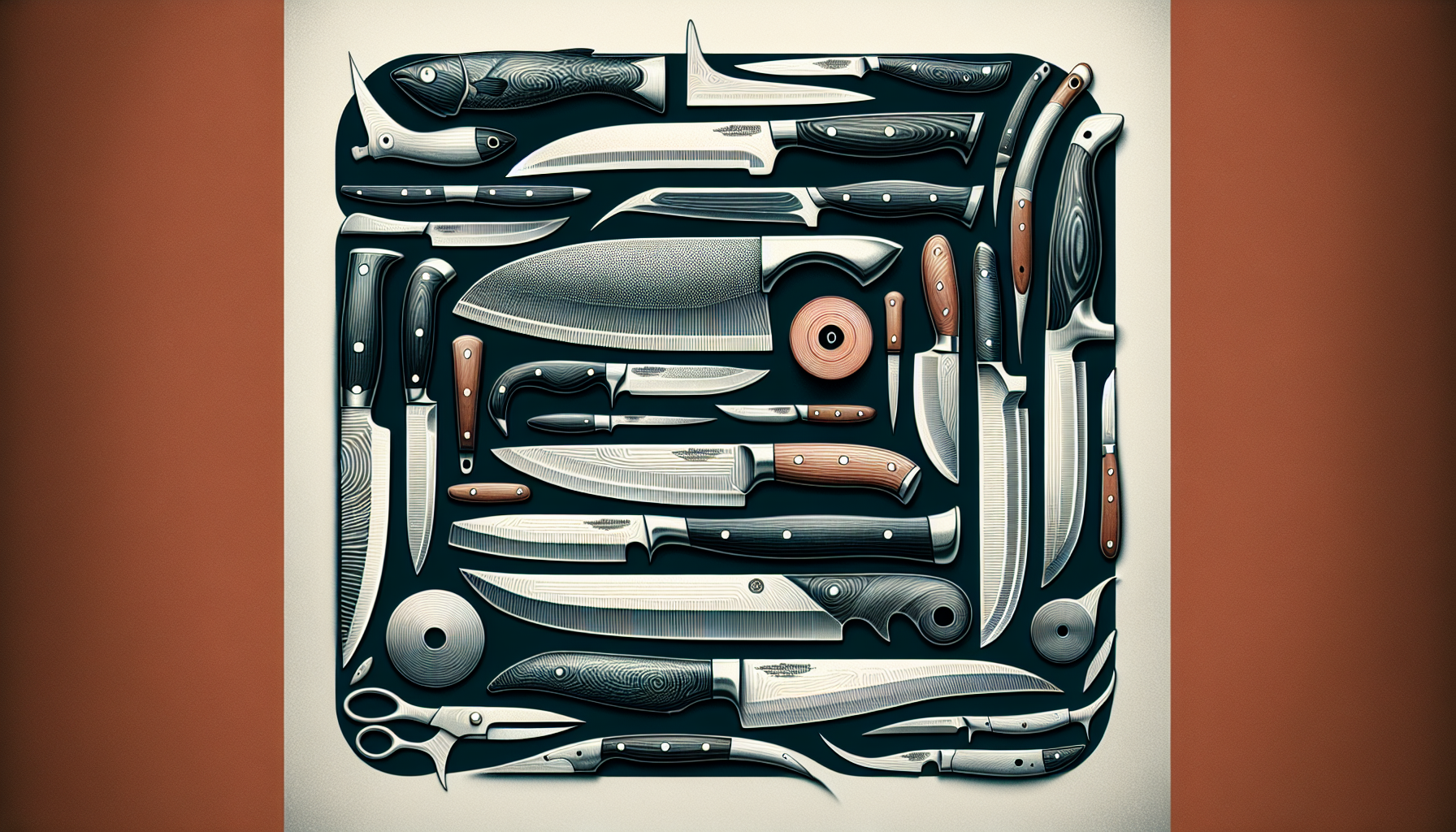
Narrow Filleting Knife
Description
As the name suggests, narrow filleting knives have a slim and narrow blade, allowing for precise and delicate cutting. These knives excel in intricate filleting tasks where maneuverability and precision are essential.
Characteristics
Narrow filleting knives typically have a blade length ranging from 5 to 7 inches. The blade is thin and narrow, providing excellent control and maneuverability. The slim design of the blade reduces resistance, making it easier to create thin and even slices. The blade is commonly made from high-carbon stainless steel, ensuring sharpness and durability.
Uses
Narrow filleting knives are perfect for filleting small to medium-sized fish, such as trout or snapper. Their slim and narrow blade enables precise and controlled cuts, allowing for the removal of bones and skin without damaging the flesh. These knives are also handy for tasks that require intricate cutting, such as deboning chicken breasts or trimming fat from meat.
Wide Fillet Knife
Description
Wide filleting knives are characterized by their wider blade, which provides stability and control for filleting larger fish or meat. The width of the blade allows for efficient slicing and precise cutting, making it easier to separate the flesh from bones.
Characteristics
Wide filleting knives typically have a blade length ranging from 7 to 9 inches. The blade is wider compared to narrow filleting knives, providing stability and reducing the risk of the knife slipping during use.
The wider blade also facilitates the creation of uniform fillets, without damaging the surrounding flesh. These knives often feature a pointed tip for more precise cutting. The blade is commonly made from high-quality stainless steel, ensuring longevity and sharpness.
Uses
Wide filleting knives are ideal for filleting larger fish, such as halibut or swordfish. The wider blade allows for efficient cutting, making it easier to remove bones and skin. Additionally, these knives are great for working with larger cuts of meat, such as prime rib or whole poultry, where stability and control are crucial.
Double-edged Filleting Knife
Description
Double-edged filleting knives, also known as symmetrical filleting knives, feature a blade with two sharpened edges. Unlike most filleting knives that have a single beveled edge, these knives offer dual cutting surfaces, providing versatility and improved cutting performance.
Characteristics
Double-edged filleting knives typically have a blade length ranging from 6 to 9 inches. The blade has a symmetrical shape, with two equally sharp edges. The dual edges allow for more precise cutting from either side, making these knives suitable for both right-handed and left-handed users. The blade is often made from high-carbon stainless steel, ensuring durability and excellent cutting performance.
Uses
Double-edged filleting knives are suitable for a variety of filleting tasks, including fish, poultry, and meat. The symmetrical blade design allows for versatile cutting angles, making it easier to remove bones and skin without compromising the integrity of the flesh. These knives are favored by both professional chefs and home cooks who value flexibility and ease of use.
Scimitar Filleting Knife
Description
Scimitar filleting knives feature a unique curved blade with a pointed tip, resembling a scimitar sword. The curved shape of the blade enables efficient and precise cutting motions, making it easier to fillet and slice through fish and meat.
Characteristics
Scimitar filleting knives typically have a blade length ranging from 8 to 10 inches. The blade has a strong curve that extends along the length of the blade, ending with a pointed tip. The curved shape and pointed tip allow for better control and maneuverability, making it easier to follow the natural contours of the fillet. The blade is often made from high-carbon stainless steel, ensuring durability and sharpness.
Uses
Scimitar filleting knives are commonly used for filleting large fish or meat, such as tuna or beef. The curved blade allows for improved efficiency and precision when removing bones and skin. Additionally, these knives are great for slicing through thick cuts of meat, making them a versatile tool in the kitchen.
Electric Filleting Knife
Description
Electric filleting knives are a convenient and time-saving option for filleting tasks. These knives feature a motorized blade that rapidly moves back and forth, making quick work of even the toughest fish and meat.
Characteristics
Electric filleting knives typically consist of a handle with a detachable blade that moves with the help of an electric motor. The blade can vary in length depending on the model and can be either flexible or stiff. These knives often come with multiple blade options to accommodate different types of filleting tasks. The motor-powered blades ensure consistent and precise cutting, reducing strain and fatigue. The blades are usually made from stainless steel, ensuring durability and sharpness.
Uses
Electric filleting knives are ideal for filleting large quantities of fish or meat quickly. The motorized blade makes it effortless to glide through tough skin, bones, and flesh, saving time and effort. These knives are popular among professional fishermen and butchers who frequently deal with large filleting jobs.
Glove Filleting Knife
Description
Glove filleting knives combine the convenience of a filleting knife with the added safety of a protective glove. These knives feature a built-in glove that covers the hand, protecting it from cuts and injuries during filleting tasks.
Characteristics
Glove filleting knives typically consist of a handle with a blade attached and an integrated cut-resistant glove that covers the hand up to the wrist. The glove is made from a durable and cut-resistant material, such as Kevlar or stainless steel mesh. The blade can vary in length and flexibility, depending on the model. These knives often come with adjustable straps to ensure a secure fit. The blades are commonly made from high-quality stainless steel, ensuring sharpness and longevity.
Uses
Glove filleting knives are perfect for individuals who prioritize safety during filleting tasks. The integrated glove provides an extra layer of protection, minimizing the risk of accidental cuts and injuries. These knives are suitable for various filleting tasks, from fish to meat, ensuring a safe and efficient cutting experience.
Japanese Santoku Filleting Knife
Description
The Japanese Santoku filleting knife combines the precision of a filleting knife with the versatility of a Santoku knife. This type of knife is loved by chefs worldwide for its exceptional cutting performance and balanced design.
Characteristics
Japanese Santoku filleting knives typically have a blade length ranging from 5 to 7 inches. The blade has a medium width and height, featuring a slightly curved cutting edge. The blade is often made from high-carbon stainless steel, ensuring exceptional sharpness and edge retention. These knives have a comfortable handle, providing excellent grip and control.
Uses
Japanese Santoku filleting knives are ideal for a wide range of filleting tasks, including fish, meat, and vegetables. The versatile blade design allows for precise and efficient cutting, making it an essential tool in the kitchen. Whether you’re filleting a fish or slicing through vegetables, a Japanese Santoku filleting knife is a reliable and versatile choice.
Conclusion
In conclusion, having the right filleting knife can greatly enhance your filleting experience. From flexible and stiff knives to curved and wide knives, there are various options to choose from depending on your needs and preferences.
Whether you’re a professional chef or a passionate home cook, investing in a quality fillet knife that suits your needs can greatly improve the quality of your fillets. So, assess your requirements, consider the different types of filleting knives discussed in this article, and choose the one that will become your perfect filleting companion in the kitchen. Happy filleting!
